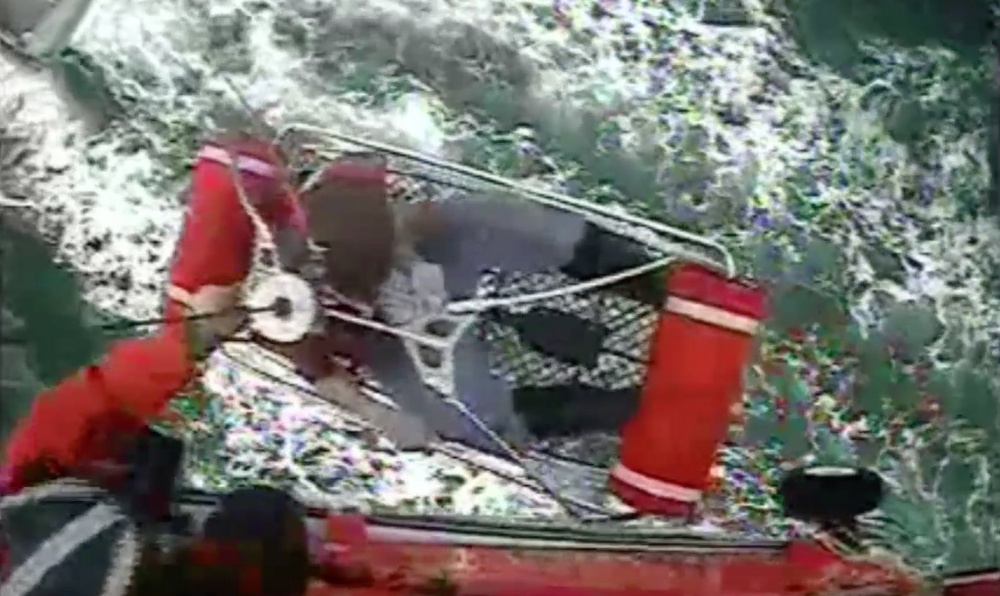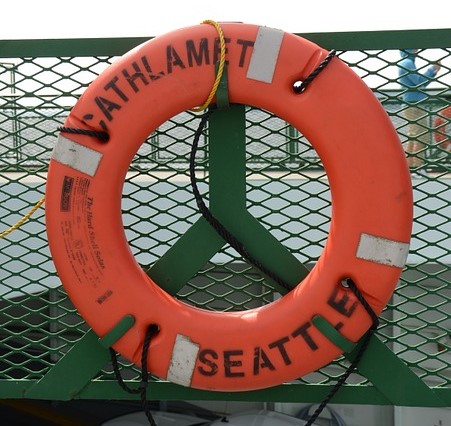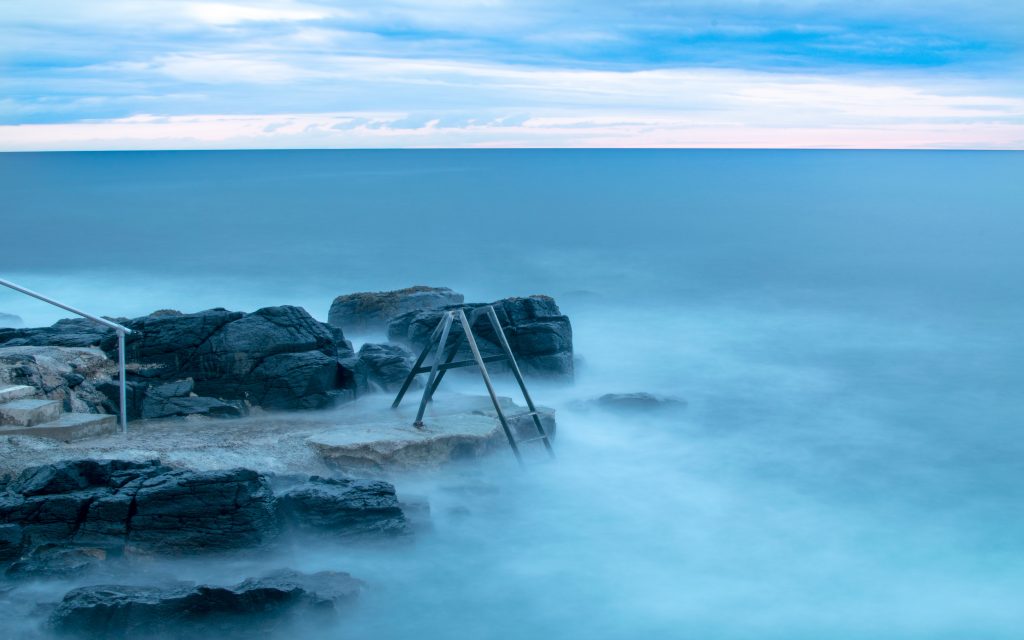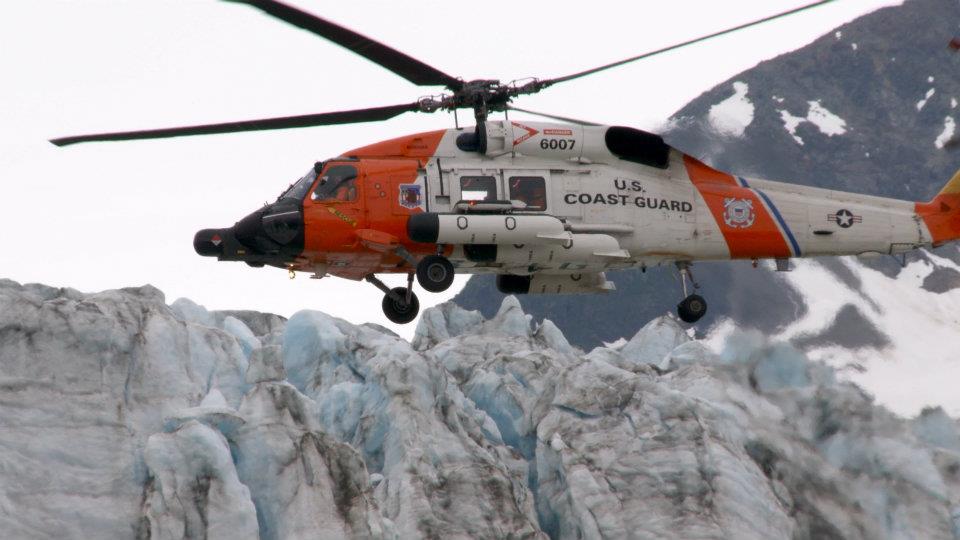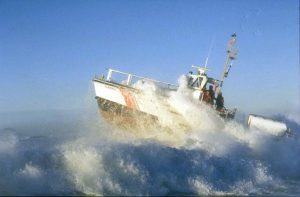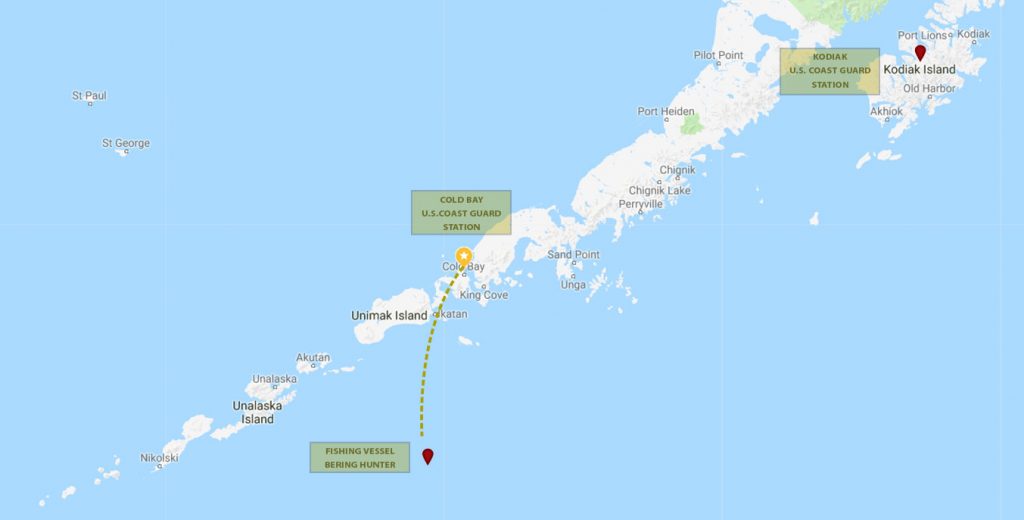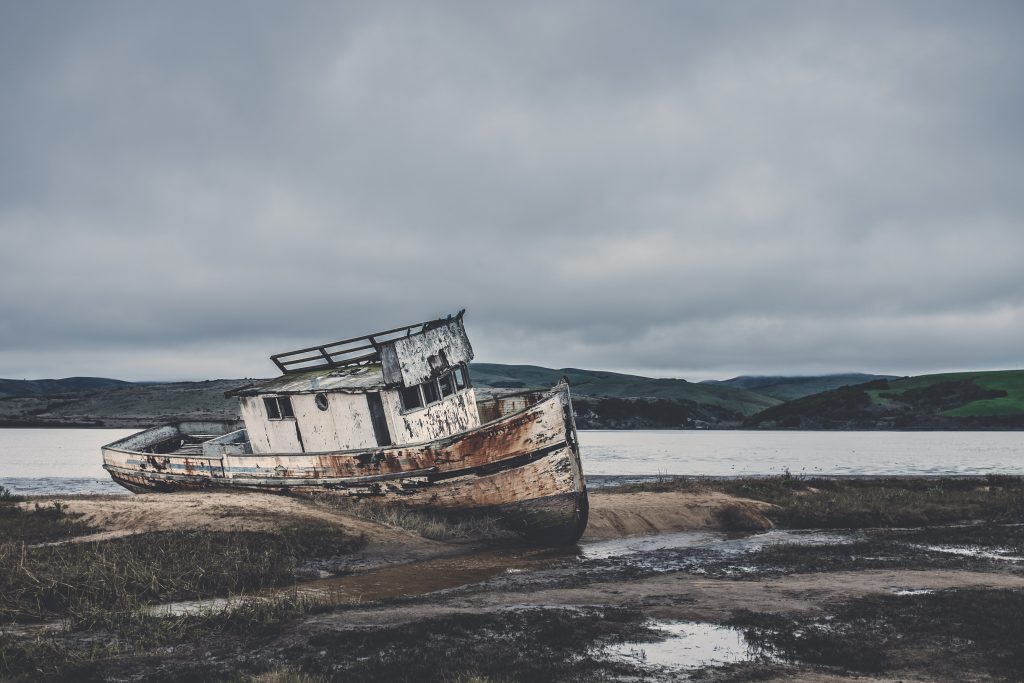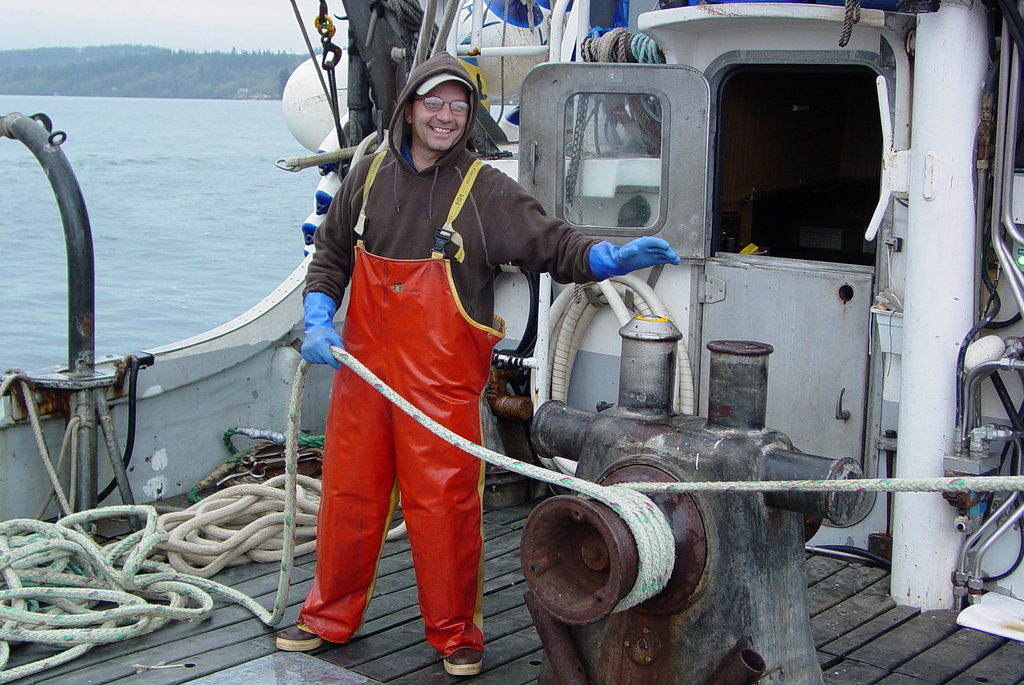F/V Nushagak Spirit Voyage Terminated for Multiple Safety Violations
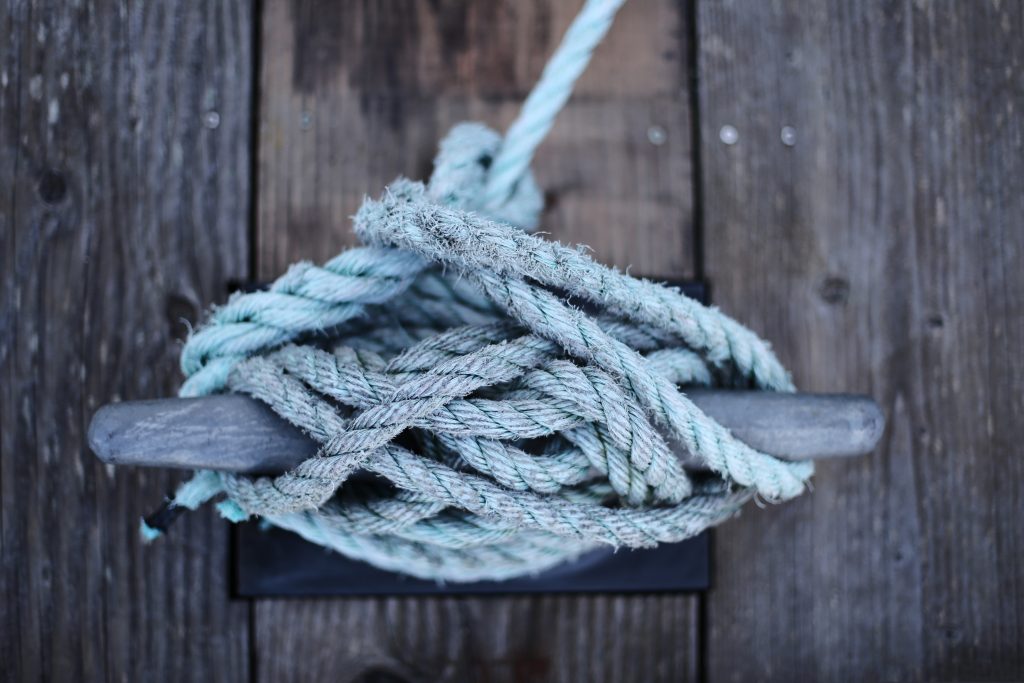 Commercial fishing vessels must comply with safety regulations established by federal and maritime law. When violations are found during a boarding inspection, a vessel may be issued a violation and possibly a fine. When violations are particularly dangerous to the crew or the environment, they fall into a different category known as “especially hazardous conditions”. After finding several safety violations and environmental infringements, the U.S. Coast Guard terminated the voyage of the F/V Nushagak Spirit sighting “especially hazardous conditions”.
Commercial fishing vessels must comply with safety regulations established by federal and maritime law. When violations are found during a boarding inspection, a vessel may be issued a violation and possibly a fine. When violations are particularly dangerous to the crew or the environment, they fall into a different category known as “especially hazardous conditions”. After finding several safety violations and environmental infringements, the U.S. Coast Guard terminated the voyage of the F/V Nushagak Spirit sighting “especially hazardous conditions”.
The vessel was located approximately three miles east of Umnak Island when the crew of the Coast Guard Cutter Mellon, a 378-foot high endurance cutter based in Seattle, Washington, conducted the onboard inspection. They found one fishing violation, 14 safety violations, as well as the improper discharge of bilge water. The vessel master admitted to pumping bilge water over the side of the vessel, which is in direct violation of the Clean Water Act. The U.S. Coast Guard sent this vessel back to port. Federal law deemed this vessel “unseaworthy”.
“We perform at-sea safety inspections to ensure mariners are operating in compliance with commercial fishing vessel safety and environmental regulations,” said Capt. John Hollingsworth, 17th District incident management branch chief. “These regulations help ensure the safety of life at sea and protect our marine environment.”
 Maritime Injury Law Blog
Maritime Injury Law Blog


